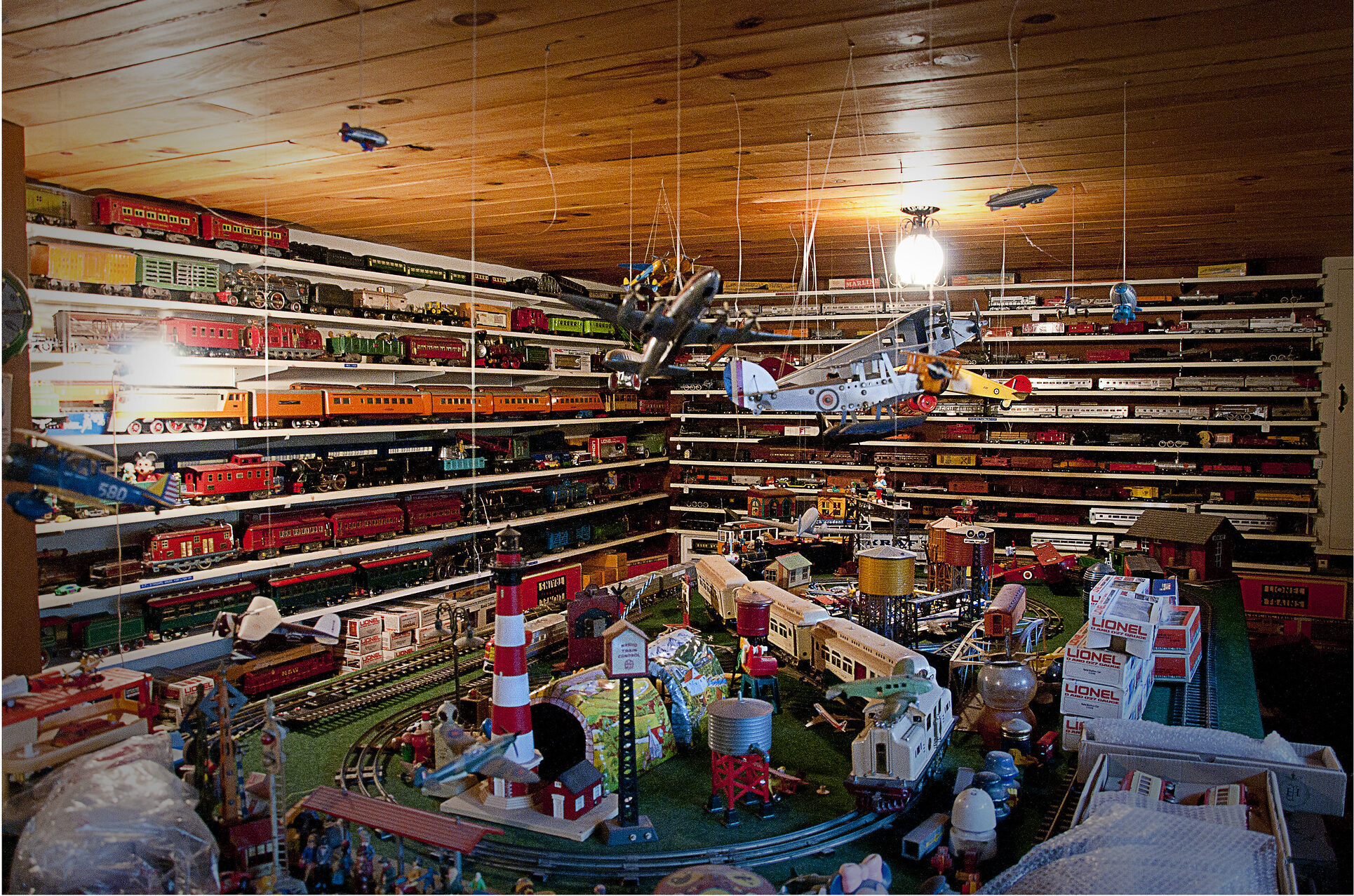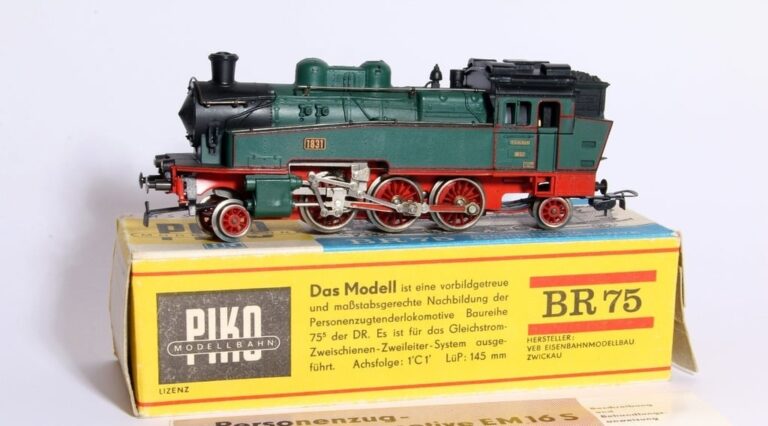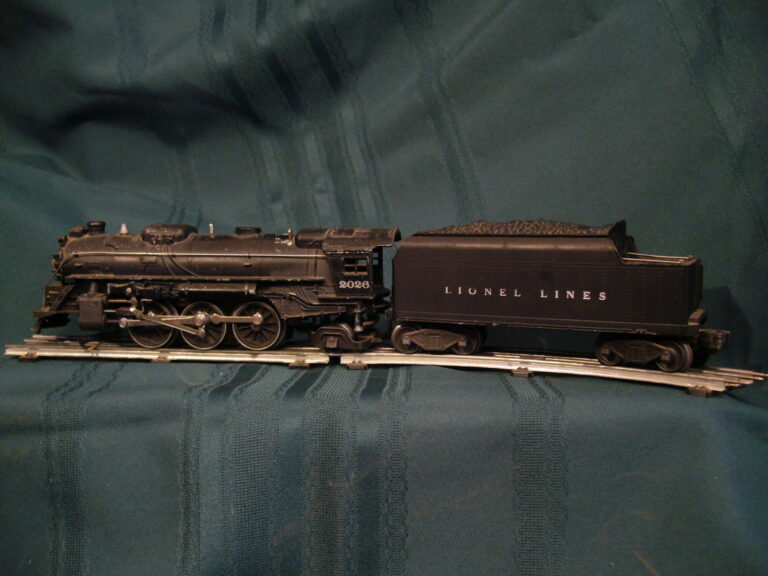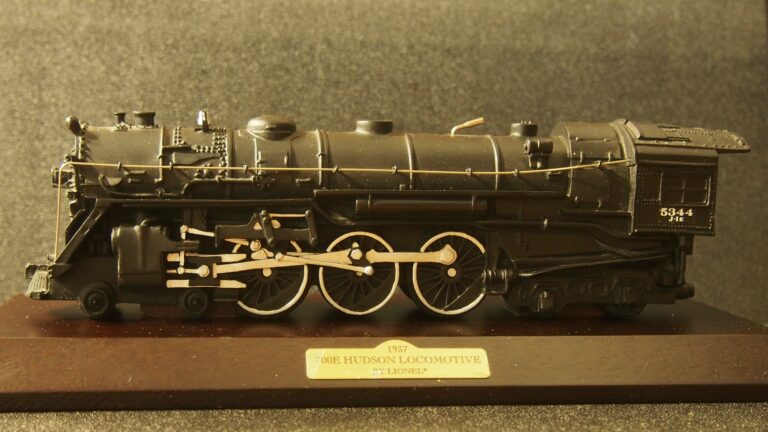How to Store Model Trains Safely for Long-Term Protection
Protect your collection the right way — this guide explains how to safely store model trains for long-term preservation.

Whether you’re stepping away from the hobby temporarily or simply running out of layout space, proper model train storage is essential to keeping your collection in pristine condition. Trains that are stored haphazardly can suffer from corrosion, cracked couplers, warped bodies, or worse — depreciating both sentimental and collector value.
In this guide, you’ll learn how to protect your locomotives, rolling stock, and track from dust, moisture, and physical damage. We’ll cover recommended materials, optimal storage environments, and how to label your boxes so you can easily pick up where you left off.
Why It Pays to Store Trains Properly
If you’ve ever wondered whether model trains are worth anything, the answer often comes down to one factor: condition. Even a valuable locomotive can lose its resale or collector value if it’s rusted, scratched, or missing parts due to poor storage.
Beyond monetary value, there’s also the practical matter of preservation. Dust can gum up motors, moisture can corrode track and wheel contacts, and UV exposure can fade decals or turn plastic brittle. Preventing those issues is much easier — and cheaper — than restoring damaged equipment.
How to Pack Your Model Trains Step by Step
1. Start With a Clean Train
Before anything gets boxed up, give your trains a gentle clean. Use a soft microfiber cloth for the exterior and a can of compressed air to blow dust out of grills, vents, and motor housings. Avoid moisture-based cleaners unless you’re absolutely sure they’re safe for painted or decaled surfaces.
2. Disassemble and Remove Batteries
If you’re packing up your entire layout, remove all locomotives and rolling stock from the track. Detach any fragile or removable parts like couplers, pantographs, or roof details. For battery-powered accessories, remove the batteries entirely — battery leaks can cause catastrophic corrosion if left for months or years.
3. Wrap With Purpose
Use acid-free tissue or soft foam sheets to individually wrap each train. If you’ve kept the original packaging, that’s ideal — particularly for HO or N scale starter sets like these, which often include custom-fitted inserts. If not, wrap the train and cushion it with bubble wrap, then nestle it in a rigid plastic storage bin or a lidded cardboard box with good padding.
| Do | Don’t |
|---|---|
| Use foam inserts or acid-free tissue | Wrap directly in newspaper (ink can stain) |
| Pack items snugly with bubble wrap or foam | Leave gaps that allow trains to shift |
| Include a desiccant pack to reduce moisture | Seal without airflow in a humid environment |
4. Label Thoroughly
Label each box with clear, permanent notes on what’s inside — include the scale, brand, model type, and any unique notes about condition or repairs. This step is critical if you’re storing a large collection or plan to leave it untouched for years. You’ll thank yourself when you decide to unpack, sell, or even travel with your trains later — especially if you’re wondering something like can I bring model trains on a plane?.
Ideal Conditions for Long-Term Train Storage
Temperature and Humidity Control
The number one rule: never store model trains in an attic, basement, or garage unless the area is climate-controlled. Fluctuating temperatures and damp air are a recipe for warping, cracking, or rust. Ideally, keep the space between 60–75°F with a relative humidity of 40–50%. A closet inside your house is often a better choice than an outdoor storage unit.
Darkness and Dust Protection
Sunlight causes fading and plastic degradation, so keep trains away from windows or light-exposed shelves. Even with the boxes closed, UV rays can eventually penetrate cardboard or plastic. Keep everything in sealed containers with lids, and avoid locations with open air vents or heavy dust traffic.
Elevation and Airflow
Keep boxes off the floor using shelves, pallets, or plastic risers — especially if there’s a chance of flooding or moisture seepage. Never store directly on concrete, which can wick moisture over time.
Special Tips for Storing Trains, Tracks, and Accessories
Track Sections
Clean rails with isopropyl alcohol and dry thoroughly. Bundle flextrack or sectional track with zip ties, or store it in long plastic tubes or cardboard sleeves to avoid bending. Try to keep it flat — curved or kinked rails can be difficult to fix later.
Locomotives
Because locos have motors and delicate internal components, cushion them more thoroughly than rolling stock. For DCC-equipped engines, check the manual — some recommend removing the decoder or ensuring capacitors are discharged. If you’re using equipment from top-tier brands, follow their care guidelines for best results.
Rolling Stock
Rolling stock is typically more forgiving than locomotives but still needs to be wrapped and cushioned. Watch for grab irons, ladders, or brake wheels that can snap off. For bulk storage, use plastic bins with foam dividers or purchase modular train storage boxes with adjustable compartments.
Recommended Supplies for Long-Term Storage
To ensure maximum protection, consider adding the following to your toolkit:
- Wall Display cases – If you want to display your collection
- Foam-Lined Plastic Storage Cases – Ideal for storing multiple cars or locomotives securely
- Silica Gel Desiccant Packs – Keeps moisture at bay inside sealed containers
- Label Maker or Labeling Kit – Keeps identification clean and legible even after years in storage
Always double-check that bins and cases are rated for long-term archival use, especially if you’re storing vintage or valuable models.

Common Storage Mistakes to Avoid
| Mistake | Why It’s a Problem |
|---|---|
| Leaving items on bare concrete floors | Promotes moisture damage and mold growth |
| Using newspaper as padding | Acidic ink can stain and degrade plastic |
| Storing trains in high-heat areas | Causes warping and damage to decals |
| Forgetting to remove batteries | Battery leaks ruin electronics permanently |
| Skipping labels | Makes future unpacking chaotic and risky |
When It’s Time to Unpack
After long-term storage, let everything sit at room temperature for at least 24 hours before unboxing. This avoids condensation forming inside sealed boxes. Then:
- Inspect for signs of rust, mold, or cracked parts
- Clean wheels and tracks before running anything
- Test locomotives slowly, and listen for strange noises or poor performance
- Lubricate moving parts sparingly before putting trains back into rotation
Final Thoughts
Taking the time to store your model trains carefully isn’t just about keeping them clean — it’s about preserving the history, value, and enjoyment of your collection. Whether you’re stepping away from the layout for a few months or many years, thoughtful storage gives you the freedom to return to the hobby at any time without unpleasant surprises.
For more support getting started again, check out our guide to the best HO scale starter sets or explore how collector-grade brands compare when you’re ready to expand your roster.




